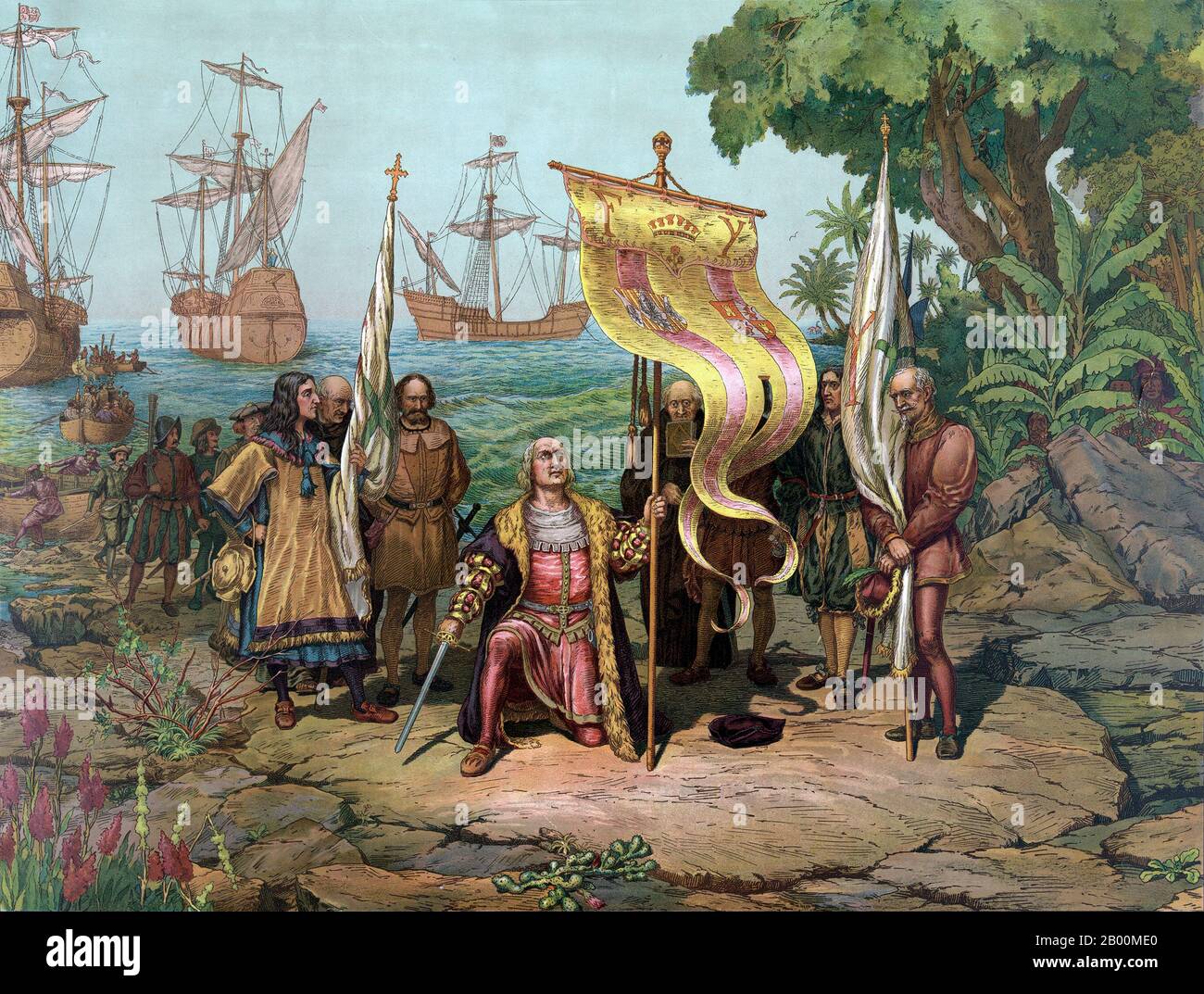

The Inuit lived in North America’s arctic regions, while the Cree’s territory stretched from northern Alberta to Northern Labrador. The continent had been home to many different tribes, living lightly on the land for millennia before colonization began. Who Lived in America Before the Europeans Arrived?Īmerica was far from an uninhabited landmass before the Europeans made landfall and began to settle. Columbus mistakenly believed it to be an island, christened it Isla Santa, and promptly claimed it for Spain. It wasn’t until a subsequent voyage in 1498 that Columbus set foot on the American mainland: embarking on the Paria Peninsula-in what is now known as Venezuela-on August 1st of that year. Scientific studies have shown that a land bridge connected modern-day Russia and Alaska during the last ice age and genetic evidence suggests that curious explorers from Asia crossed this bridge (thereby becoming the very first discoverers of what is now the US) more than 25,000 years ago. Plus, the continent was home to indigenous tribes-groups of people that Columbus identified using the umbrella term ‘Indian’-who had been living in the country for millennia before the explorer and his crew set out on their voyage of discovery. There’s even a story of second-century Irish monks having found their way to the continent. Instead, other groups of Europeans had likely made landfall on continental North America many years before Columbus sailed across the ocean seeking a new world. The evidence suggests that it’s very unlikely that Columbus was the first person to discover America.

The remains of a Norse settlement have, indeed, been found in Newfoundland, and carbon dating has confirmed that the site was likely to have been occupied around the period 990–1050 CE.īut the speculation doesn’t stop there: credible theories suggest that, even before Erikson, explorers from Africa, Asia, and even Ice-Age Europe made expeditions of discovery that saw them arriving on North American shores centuries earlier. There’s a growing amount of evidence that Icelander Leif Erikson, along with his crew of Norse explorers, beat Columbus to the post by around five hundred years.Īlso known as Leif the Lucky, Erikson is thought to have made landfall on continental North America in the 10th century and to have established a settlement on the coast. Well, the question of who discovered America first (aside from the indigenous people already living there, of course-more on this later) is a little tricky. He and his crew traveled over 4,000 miles to make the journey. The ‘traditional’ story of the discovery of America goes that the Genovese explorer, Christopher Columbus, made landfall early in the morning of October 12th, 1492, on the island of San Salvadore, having crossed the Atlantic Ocean from Europe, seeking the New World.

So if you think the answer to the question ‘when was America discovered?’ is October 12th, 1492, you may be in for a surprise! Keep reading for everything you need to know about this holiday, the real story at its heart, and the new ways the people are choosing to commemorate it. With Columbus Day 2022 fast approaching, we thought now is a great time to take an in-depth look at the origins of this national holiday and explore just how historically accurate the story is.


 0 kommentar(er)
0 kommentar(er)
